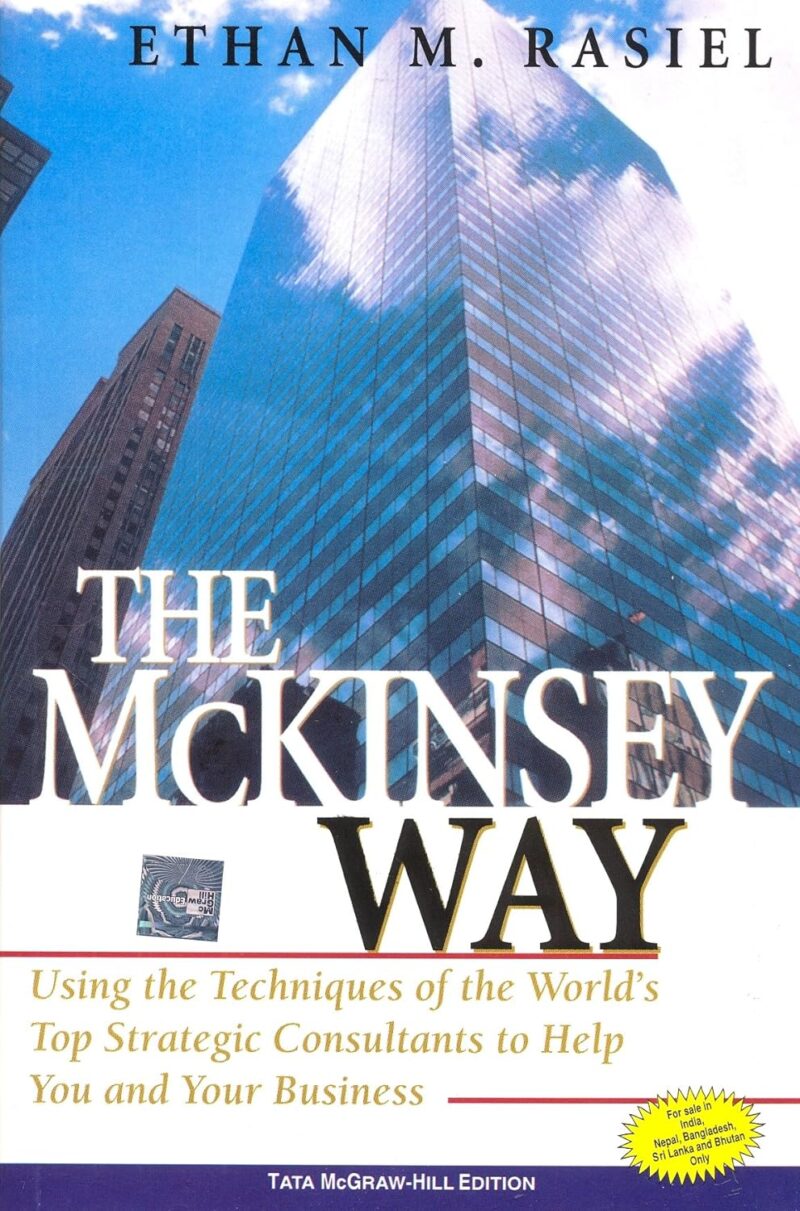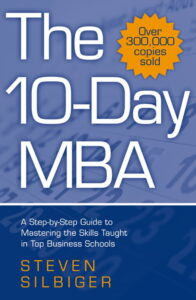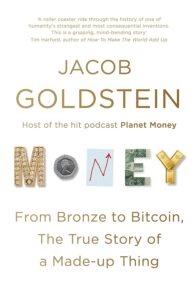Decoding the Consulting Mastery: An Insight into McKinsey's Success
"The McKinsey Way" by Ethan Rasiel offers insights into McKinsey's problem-solving methodologies, techniques, and the ethos that defines the renowned consulting firm.
Subjects: Consulting
In the realm of business literature, few books offer as much insight into the world of management consulting as Ethan Rasiel’s “The McKinsey Way.” Drawing from his experiences at the world-renowned consulting firm McKinsey & Company, Rasiel provides readers with a behind-the-scenes look at the strategies, methodologies, and ethos that have made McKinsey a global powerhouse in the consulting industry.
A Deep Dive into McKinsey’s Modus Operandi
At its core, “The McKinsey Way” is an exploration of the firm’s unique approach to solving business problems. Rasiel delves into the intricacies of McKinsey’s methodologies, from understanding the “key drivers” behind business challenges to the importance of clear and concise communication, exemplified by the “Elevator Test.”
Techniques and Concepts Presented:
Thinking About Business Problems: This section delves into the mindset and analytical approach McKinsey consultants adopt when faced with complex business challenges, emphasizing structured, fact-based problem-solving.
Key Drivers: Rasiel introduces the concept of identifying the primary factors or variables that drive a particular outcome or situation, ensuring efforts are directed towards the most impactful areas.
The Elevator Test: A technique that underscores the importance of clarity and precision in communication. It challenges individuals to explain their solution, product, or business in a concise manner, ideally within a 30-second elevator ride.
Selling a Study: Insights into how McKinsey consultants present their findings and recommendations to clients, ensuring actionable insights aligned with client objectives.
Assembling a Team: The methodology behind how McKinsey forms its consulting teams, ensuring a mix of skills and expertise.
Managing Hierarchy: Navigating the organizational structure within McKinsey and understanding roles and responsibilities at different levels.
Doing Research: The methodologies and resources McKinsey consultants use to gather data and insights.
Conducting Interviews: Techniques for extracting valuable information from stakeholders, clients, and industry experts.
Brainstorming: The art of collaborative problem-solving, where diverse perspectives come together to generate innovative solutions.
Making Presentations: Crafting compelling presentations that effectively communicate findings and recommendations.
Displaying Data with Charts: Visual representation techniques to make complex data understandable and impactful.
Managing Internal Communications: Ensuring effective communication within the McKinsey team.
Working with Clients: Building and maintaining strong client relationships.
Surviving at McKinsey: Tips and strategies for managing the demands and pressures of consulting life.
Life After McKinsey: Insights into the career trajectories of former McKinsey consultants.
Conclusion
“The McKinsey Way” is a treasure trove of insights for anyone interested in management consulting or the world of business at large. Ethan Rasiel’s candid narration, combined with actionable advice, real-world examples, and a comprehensive breakdown of McKinsey’s techniques, makes this book a must-read. Whether you’re an aspiring consultant, a business professional, or simply someone curious about the inner workings of a top-tier consulting firm, “The McKinsey Way” offers invaluable lessons that will enrich your understanding of the business world. In a landscape filled with business books, Rasiel’s work stands out as a beacon of clarity, wisdom, and practicality.




